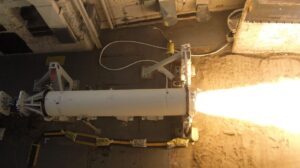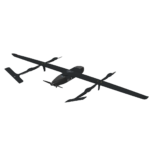
The Navy’s Strategic Systems program conducted the second test of the First Stage Solid Rocket Motor (SRM) for the booster rocket of the Navy and Army’s hypersonic weapons on Oct. 28 This SRM test was a static fire test, part of a series of tests validating the newly developed common hypersonic missile. DoD is developing the Common Hypersonic Glide Body (C-HGB) missile with the Navy leading design of C-HGB while the Army is overseeing production. The Navy said this live…

 By
By 











